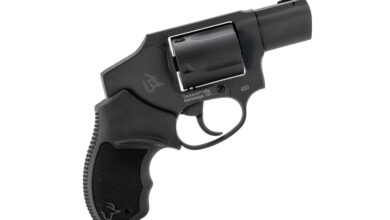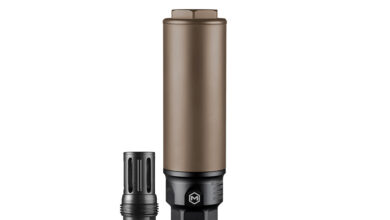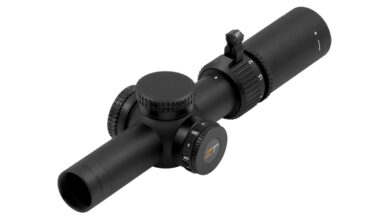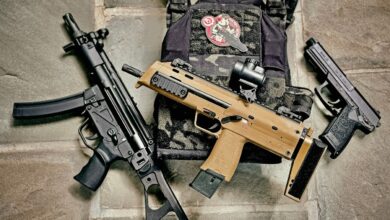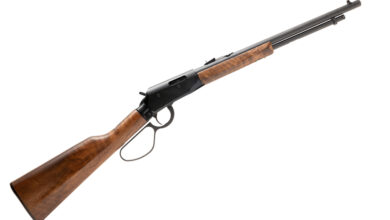Derringers and Pocket Revolvers: Reliable Concealment or Gimmick?
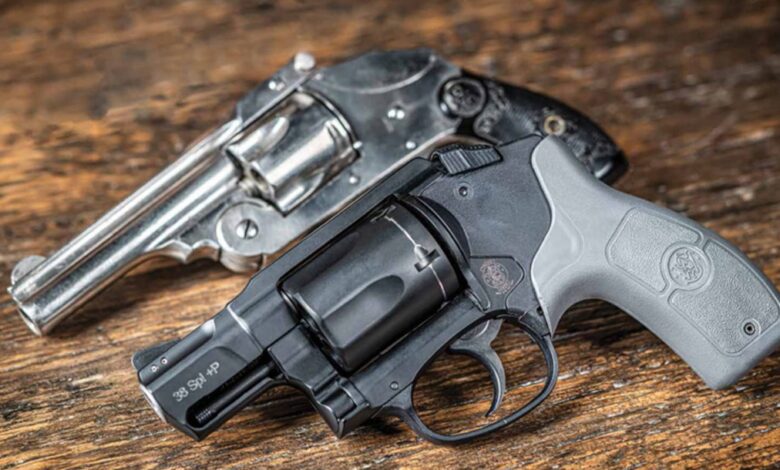
When it comes to concealed carry firearms, the topics of Derringers and pocket revolvers often spark a lively debate. Do they really have a purpose in today’s mix of practical concealed carry or defensive firearms? These miniature pistols, designed for ultimate concealability, have been around for over a century and a half. But are they truly reliable self-defense tools or just outdated gimmicks? Let’s explore the pros and cons of these unique firearms.
The Appeal of Derringers and Pocket Revolvers
Derringers and pocket revolvers owe their enduring popularity to their incredibly compact size and discreet nature. Measuring just a few inches in length and weighing mere ounces, these firearms can be easily slipped into a pocket or purse, making them the ultimate concealment weapons.
This level of concealability is particularly appealing to those who value discretion or have concerns about printing (the outline of a firearm being visible through clothing). For individuals in certain professions or social circles where carrying a larger handgun might raise eyebrows or violate dress codes, a Derringer or pocket revolver offers a covert option.
Tiny pocket guns started out as weapons for the aristocracy. Gentlemen and ladies alike would carry one for a bit of personal protection when their footmen or personal guards weren’t around or had been incapacitated or if they wanted to challenge another to an impromptu duel, as was the “gentlemanly” way of settling a score or gaining the honor of a lady. As time went on, more common folk saw the appeal of these highly concealable sidearms and started packing heat one single shot at a time.
Over the years, the technology of both metal and mechanics has evolved the way these guns are built and fired, but the basics of a tiny gun designed for extremely close quarters haven’t changed much.
The simplicity and lack of external safeties or complex mechanisms on many of these firearms can be seen as an advantage in high-stress situations, as there are fewer steps to achieve a ready-to-fire condition.
The Drawbacks: Capacity, Power, and Reliability
However, the compromises made to achieve such a high level of concealability come with significant trade-offs. Most Derringers and pocket revolvers are limited to just one or two rounds of ammunition, severely restricting their capability as defensive tools. In a confrontation involving multiple assailants or the need for follow-up shots, their limited capacity can quickly become a liability.
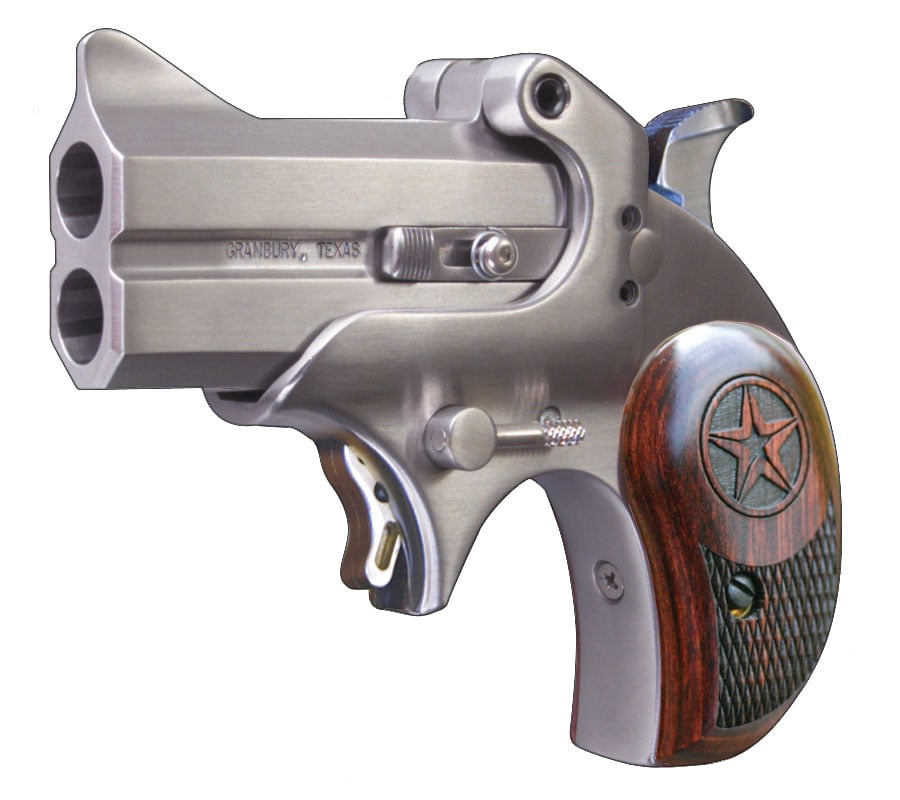
Furthermore, these firearms’ diminutive size often necessitates using underpowered cartridges, such as the .22 LR or .25 Auto. While these rounds may be adequate for close-range self-defense in some circumstances, their lack of terminal performance and potential for over-penetration due to their low mass and high velocity can be concerning.
Reliability is another area where Derringers and pocket revolvers can fall short. The intricate mechanisms required to fit a functional firearm into such a tiny package can be prone to malfunctions, particularly if the weapon is not meticulously maintained or loaded with high-quality ammunition. Additionally, the often rudimentary sights and short barrel lengths can make accurate shooting challenging, especially under stress.
Modern Alternatives and the Question of Practicality
In recent years, advancements in firearms technology have led to the development of compact, high-capacity semi-automatic pistols that offer significantly more firepower and capacity than traditional Derringers and pocket revolvers while still being relatively easy to conceal.
Firearms like the Ruger LCP, Sig Sauer P238, and Glock 43 offer six to ten rounds of 9mm or .380 ACP ammunition in a package not much larger than some pocket revolvers. These modern options provide a more practical balance of concealability and defensive capability, leading many to question the practicality of Derringers and pocket revolvers in the modern era.
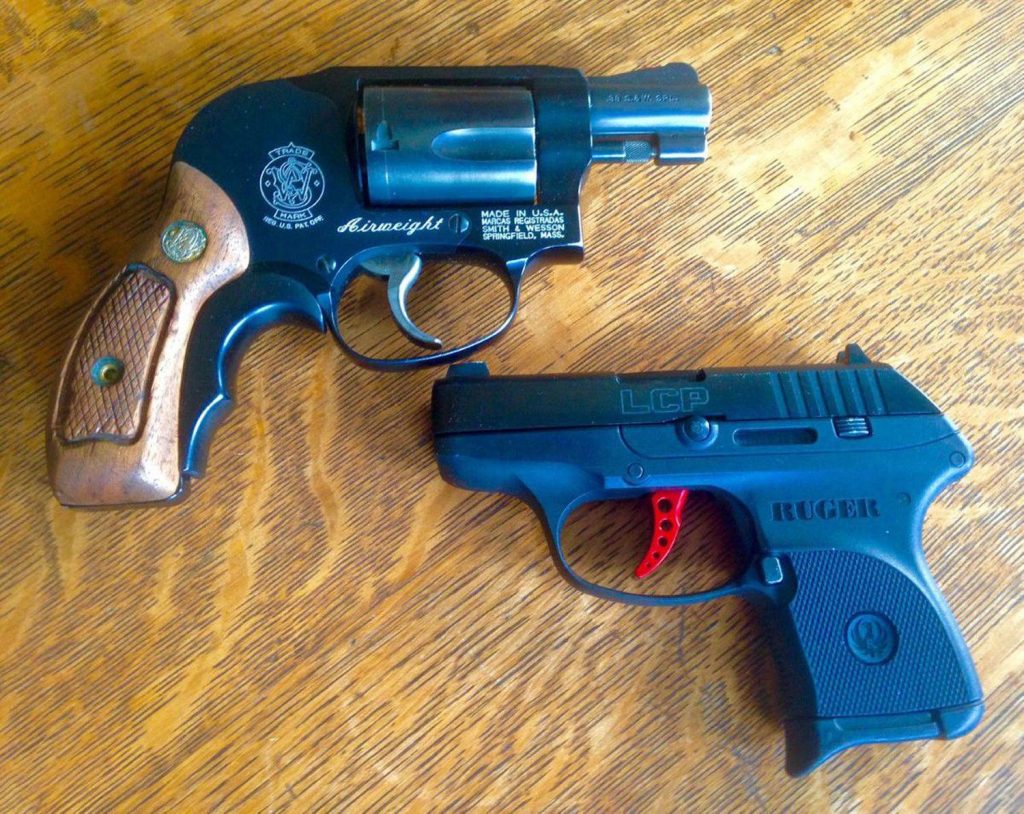
The Collector’s Perspective
Despite their potential limitations as defensive tools, Derringers and pocket revolvers remain highly sought-after by firearms collectors and enthusiasts. These unique firearms represent an important part of firearms history, with many antique and historically significant models commanding premium prices at auction.
Those who value the artistry and engineering behind these miniature marvels appreciate the intricate craftsmanship and ingenious mechanisms involved in their design and manufacture. For these collectors, the Derringer or pocket revolver is a piece of functional art, valued for its historical significance and technical achievements rather than its practical defensive capabilities.
Parting Shots
Of course, the incident that gave the Derringer a bad rep and a bit of infamy because of its horribly improper use took place in April of 1865, when John Wilkes Booth entered the presidential box at Ford’s Theater in Washington, DC, placed his small gun behind President Abraham Lincoln’s left year, and pulled the trigger, felling the 16th president in a single shot. Most people’s use of the tiny gun won’t have that much influence on the course of history.
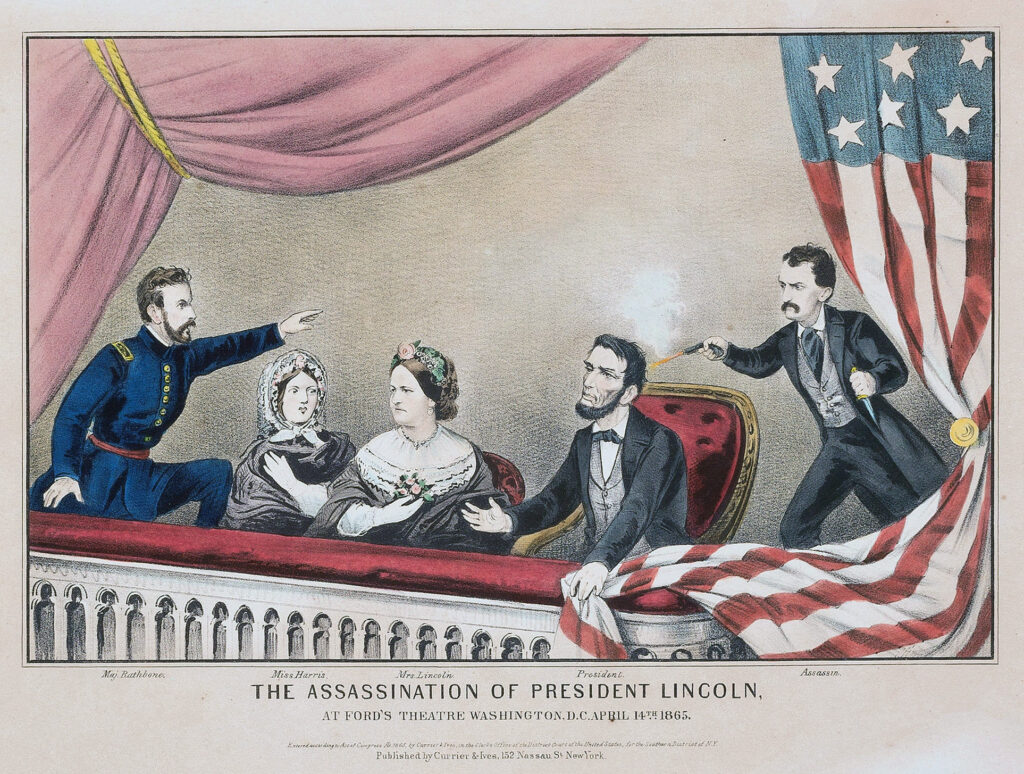
Ultimately, the debate over the reliability and practicality of Derringers and pocket revolvers as defensive firearms will likely continue. While their extreme concealability and simplicity appeal to some, their limited capacity, underpowered cartridges, and potential reliability issues may outweigh these advantages for those seeking a truly capable self-defense tool.
However, for collectors and enthusiasts, the allure of these unique firearms transcends their practical applications. They represent a fascinating chapter in the history of firearms design and innovation, ensuring that the legacy of the Derringer and pocket revolver will endure, even as modern alternatives continue to evolve.
The post Derringers and Pocket Revolvers: Reliable Concealment or Gimmick? appeared first on The Mag Life.
Read the full article here

